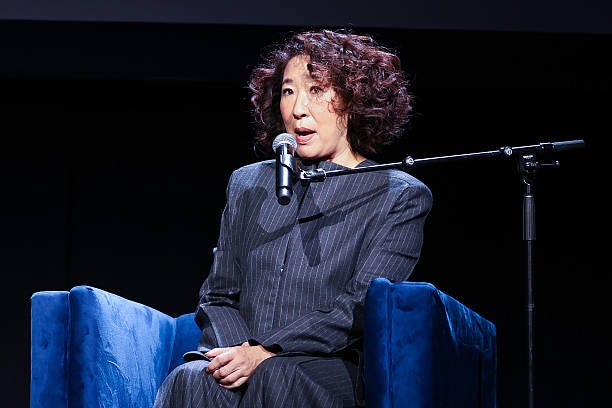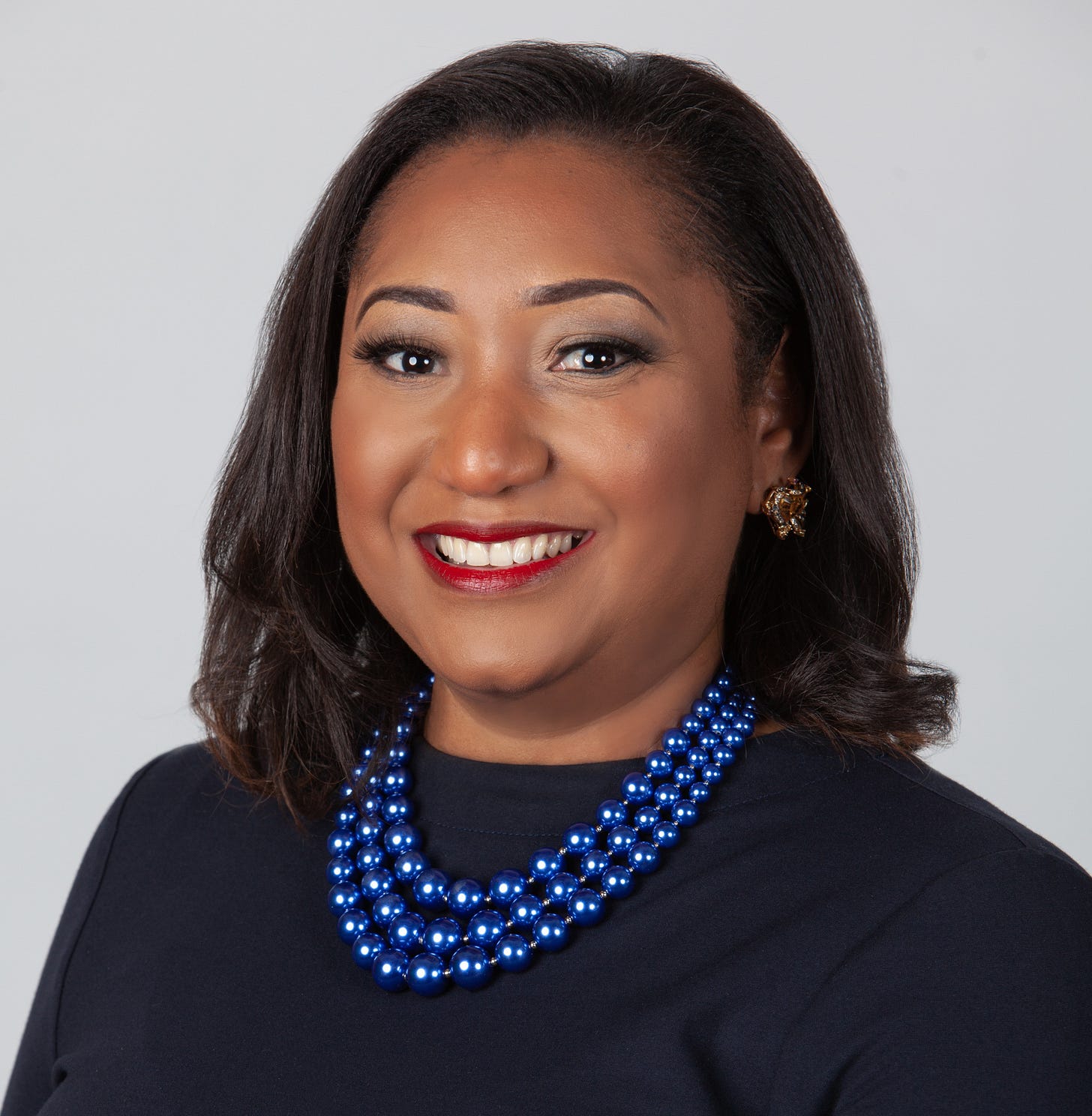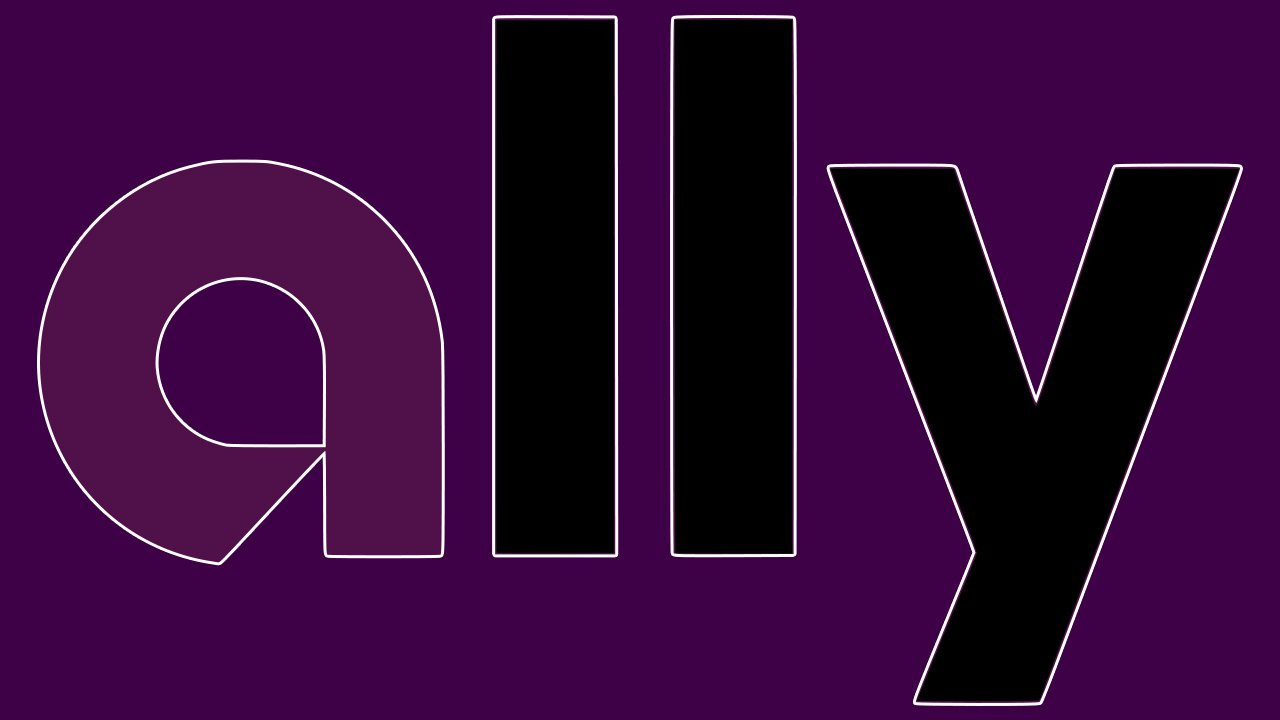Discussing a Communication Approach for Inspiring Greater Fairness of Opportunity
Sandra Oh talks about 'trying to come to a truthful or an agreed-upon reality in the larger picture of what we know' about fairness in work and careers

Almost everyone learns early, either by experience or observation, that life doesn’t promise or offer fairness. Sandra Oh, the first Asian woman in 39 years to win a Golden Globe for best actress in a TV drama, recently talked about it too, in a different context, in wide-ranging interview with Lulu Garcia-Navarro of the New York Times.
"Life is not fair. And so the words 'diversity,' 'equity' and 'inclusion' are a good thing,” she told Garcia-Navarro.
"For me, what is lost is the real beginning of a recognition that I thought was happening in the past five to seven years, that there was a recognition that racism actually exists and it’s a structural issue," Oh added.
How can there be racism when she’s achieved so much, some may ask, not knowing of the experiences not shared by all that had to be overcome.
The type of comments Oh made and are communicated by others as well aren’t often met with curiosity and compassion.
They are usually met with indifference or prove to be upsetting triggers. That reality inspired a thought: what language and stories could or would speak more effectively to critics and opponents and thus, better to a part of America that would help it, if not feel other people’s pain, then at least feel strongly connected about shared human desires?
What would help the country, as a collective, positively see the value of helping others and be hungry and excited about a shared pursuit of the common good?

“When will we shift the narrative to recognize that DEI stories serve not only as cautionary tales about the system's shortcomings but also as tools for understanding and addressing harm, exclusion and brokenness?” asks Karissa Thomas, Ed.D., a social scientist and leadership strategist, especially in high-pressure and cross-cultural environments.
“We need more empowering language, stories that highlight the possibilities when people are celebrated, systems are transformed and leadership feels more personal.”
Conversing about benefits can help people connect the dots.
“This isn't to suggest we're only sharing uplifting stories, but rather what we need to show is that inclusion fosters innovation, healthier communities and stronger economies,” Thomas says.
There’s more that can open minds and doors to more of the nation.
“We need conversations that express the emotional reality of inequality from lived experiences,” Thomas insists. “Many Americans have not felt the pain of injustice because some have not faced it and those who have experienced inequalities seem isolated, unfamiliar or accusatory.”
People are commonly talking at and past one another, not enough with one another.
“We need to lean in more to hear these stories with a reflective lens that puts us in the shoes of the mother who can’t send her child out at night or the job seeker who has to change their name on their resume to get a callback,” Thomas details.
“Some communities are rebuilding after decades of disinvestment and these stories are the fabric of the American story. We all need to share in the pursuit of the common good.”
She presents how communication can aid in those efforts.
“More ‘we’ language,” Thomas says. “Not performance unity, but rooted in a real alliance.”
She implies it’s not deeply craved emotionally.
“The American people yearn to be part of a narrative where they matter, where their actions have a ripple effect and where helping others stems from a combination of strategic, moral and human investment,” Thomas argues.
The Simplicity
“We have to center the diversity and inclusion conversation on empathy,” says Brittany Déjean, the founder at Inclusion Jumpstart, where she helps non-disabled leaders get comfortable with disability.
“No matter what background or lived experience someone has, everyone struggles through challenges in life. The more we can open space for people to be seen for what they've endured, the more we can help people who resist diversity conversations to understand that they're not meant to threaten or diminish any struggles they've endured.”
What the Approach Achieves and Why
“It's a way to expand their awareness to challenges they may never have been aware of and welcome them to feel the same empathy that they want to receive for the challenges they've overcome,” Déjean explains.
“There's no contest over which challenges are worse or who had it harder, that doesn't get us anywhere. Empathy is the foundation for connection and leaves no space for competition or shame.”
The Emotional Reaction and Judgment vs. People’s Reality
"From my point of view (about racism), it is not a blame game. It just is,” Oh told Garcia-Navarro about the blocks that minorities have to overcome for the opportunities to succeed. “But it’s trying to come to a truthful or an agreed-upon reality in the larger picture of what we know.”
Oh’s call for “truthful and agreed-upon reality” has remained a point of contention. Many people argue against the calls for improvement because of their own struggles and hardships and difficult efforts to overcome.
For critics and opponents, they can experience a call for more shared opportunity as blame, shame, an attack and others being given special treatment and an easier path. The backlash and resistance over it, consistently loud and resentful.
Some meaningful part of the path forward likely lies in psychology, human understanding and adjusted communication presentation.
A challenge and reasonable set of tasks may be how specifically language and stories can be used that will successfully speak to and with a part of America and resonate the shared experience of ambition, safety, opportunities and success.
There is more getting in the way of beneficial confidence and sustained commitment.
“When it comes to diversity and inclusion conversations, most people are grappling with FOMU, the fear of messing up,” Déjean asserts.
“They have an idea that the potential for blowback from a mistake is too great a risk and so avoidance and denial become attractive alternatives.”
There’s a clear error present with that uncertainty, uneasiness and fear, she says.
“We need mistakes to learn and grow,” Déjean states. “However, they feel threatening unless there's a conscious effort to make people feel safe making them.”
She elaborates:
“People want to believe that their good intentions have some weight if they make a misstep,” Déjean points out. “There have been many examples of people's slip ups regarding diversity and inclusion being blasted on full display.”
An Important Distinction
“It's not about excusing or denying the mistake but building the habit of empathy and accountability. If we can educate people about their mistakes and acknowledge any harm caused, we grow,” she says.
However, when critics are harsh on good-faith attempts, that incurs a cost.
“If we continue to punish and shame, we lose good people who would do better if they knew how,” Déjean says. “To move forward, we need to find a balance that fosters understanding and highlights common humanity.”
The Disconnect
Collaboration and progress are unlikely when there are missing parts to the equation.
“We need to normalize a culture of psychological safety in the everyday walk of American life,” Thomas says. “We genuinely need to connect with people through curiosity, through a lens of emotional investment, cultural interests and acceptance of an individual's evolving identity.”
If the opposite is taking place, the disappointing or upsetting outcome can be expected.
“If you make people feel emotionally attacked or blamed, they will shut down,” Thomas explains, adding that, “We need to create the space and language for inclusive-lived experiences and acknowledge that we can change our understanding.”

The Trouble with the Threat
“Psychologically, people resist what threatens their identity,” Thomas warns. “DEI work must move beyond checklists and slogans and toward deeper emotional fluency.”
She expounds on the “how.”
“This means helping people see that fairness doesn’t require their erasure,” Thomas says. “It calls forth their highest self by using stories and language that reflect shared desires, where individuals feel safe, seen and proud of who they are.
“This reality builds bridges instead of barriers.”
The strategy, she advises, is straight forward.
“We need to use DEI as an aspirational narrative that includes everyone,” Thomas says.
“When DEI is framed as repair, people outside of that reality often tune out,” Thomas warns. “But when it’s framed as an invitation to participate in shaping the future, people lean in.”
The Stop and Start
Improvements and progress often happen when we no longer continue the status quo of whatever is a problematic and replace that action with something better.
“We must stop isolating DEI as an obligation and start integrating it into stories of resilience, excellence and legacy,” Thomas advises.
She explains why this is smart and more successful an approach to create movement.
“When you speak to the nervous system, you shift the mind,” Thomas says. “And when you help people feel emotionally safe, you make space for transformation.”
Communication Intelligence thanks writer and author Polina Pompliano at The Profile for the alternate link to the New York Times interview. Without her help, this article would not be possible.
Advertising available for any section of the newsletter: To advertise, link to your business, sponsor an article or section of the newsletter or discuss your affiliate marketing program, contact CI.









Happy Monday Michael
This is what people don't get.
I've watched countless DEI initiatives fail because they started with what's broken rather than what's possible. When you lead with shared vision instead of shared guilt, people actually want to participate rather than just comply. This applies to conversations online too.